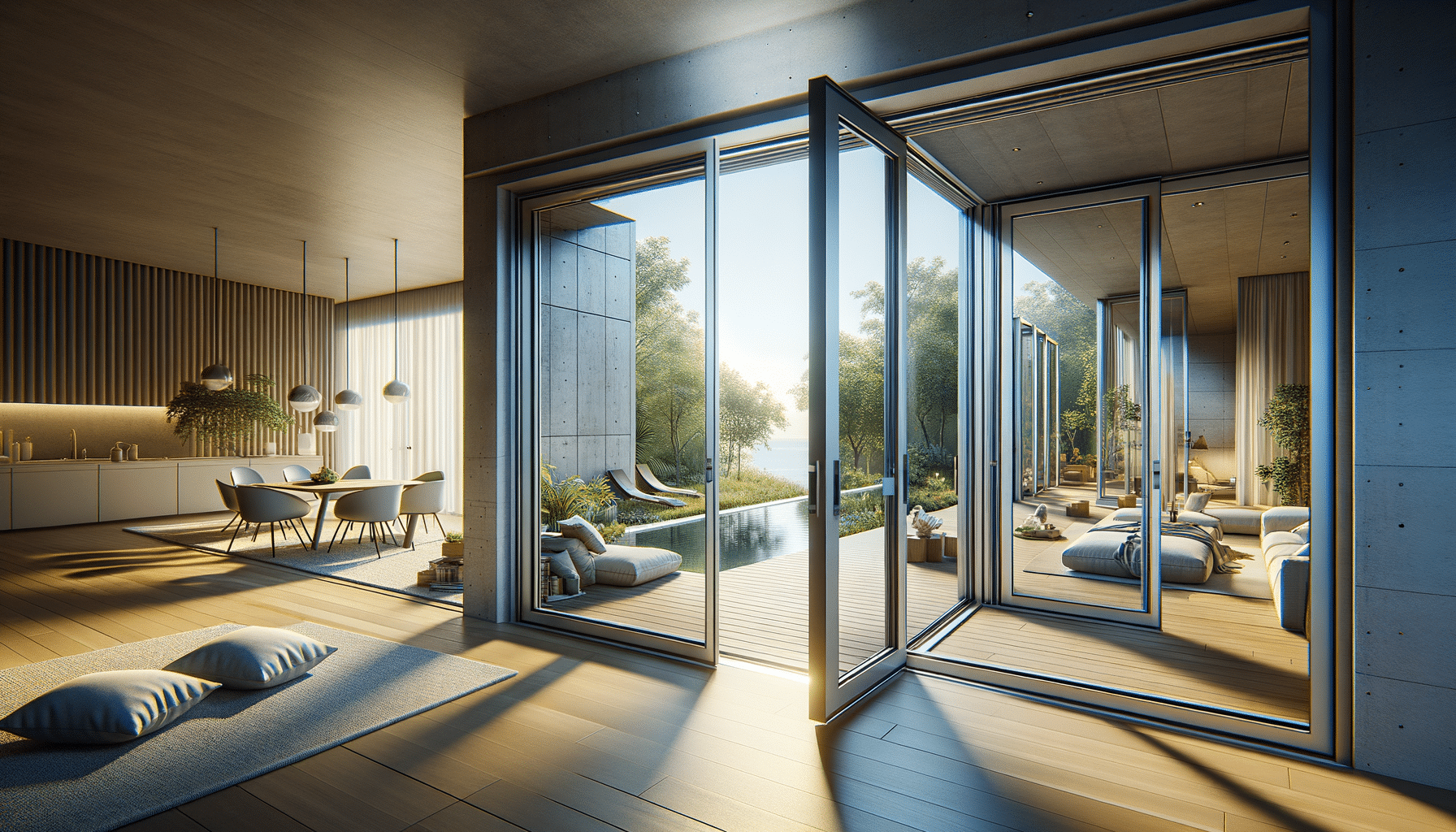Exploring the Versatility and Benefits of Sliding Doors
Sliding doors offer a seamless blend of style and functionality, enhancing both the aesthetics and usability of spaces.

Introduction to Sliding Doors
Sliding doors are a popular architectural feature in modern homes and commercial spaces. Their ability to merge indoor and outdoor environments seamlessly makes them a favored choice among architects and homeowners alike. These doors are not just about aesthetics; they also offer practical benefits that enhance the functionality of living and working spaces. From saving space to improving natural light, sliding doors are versatile elements that can transform any area.
Types of Sliding Doors
When it comes to sliding doors, there are several types to consider, each offering unique advantages. The most common types include:
- Patio Sliding Doors: Often used to connect indoor and outdoor spaces, these doors are typically made of glass, allowing for an unobstructed view.
- Bypass Doors: These are commonly used in closets and pantries, where doors slide past each other on tracks.
- Bi-Fold Doors: While technically not sliding, they fold in sections and slide along a track, offering a compact solution for larger openings.
- Pocket Sliding Doors: These doors slide into the wall cavity, completely disappearing from view when open, which is ideal for areas with limited space.
Each type of sliding door serves a specific purpose and can be customized to fit the aesthetic and functional needs of a space.
Benefits of Sliding Doors
Sliding doors offer numerous benefits that make them an attractive option for both residential and commercial properties. Some of these advantages include:
- Space Efficiency: Unlike traditional hinged doors, sliding doors do not require extra space to swing open, making them ideal for small areas.
- Enhanced Natural Light: Glass sliding doors allow for maximum light penetration, brightening interiors and reducing the need for artificial lighting during the day.
- Improved Accessibility: Sliding doors provide a wide entrance, which is beneficial for high-traffic areas and accessible for individuals with mobility challenges.
- Energy Efficiency: Modern sliding doors are designed with advanced insulation properties, helping to maintain indoor temperatures and reduce energy costs.
These benefits contribute to the growing popularity of sliding doors in various architectural designs.
Design Considerations for Sliding Doors
When selecting sliding doors, several design considerations should be taken into account to ensure they meet the desired functionality and aesthetic appeal. Key factors include:
- Material: Sliding doors can be made from various materials such as glass, wood, aluminum, or composite materials, each offering different levels of durability and style.
- Size and Configuration: The size of the door should match the opening and be configured to suit the space, whether it’s a single panel or multiple panels.
- Track System: The type of track system used can affect the ease of operation and maintenance. Options include top-hung or bottom-rolling tracks.
- Security Features: Considerations for locks and other security features are essential to ensure the safety of the space.
These considerations will help in selecting the right sliding door that complements the design and functionality of the space.
Conclusion: The Future of Sliding Doors
As architectural trends continue to evolve, sliding doors remain a staple in modern design due to their versatility and practicality. They offer a unique blend of style and function, making them suitable for a wide range of applications. With advancements in materials and technology, the future of sliding doors looks promising, with potential for even greater energy efficiency and aesthetic customization. For anyone looking to enhance their living or working space, sliding doors present an excellent option that combines elegance with utility.